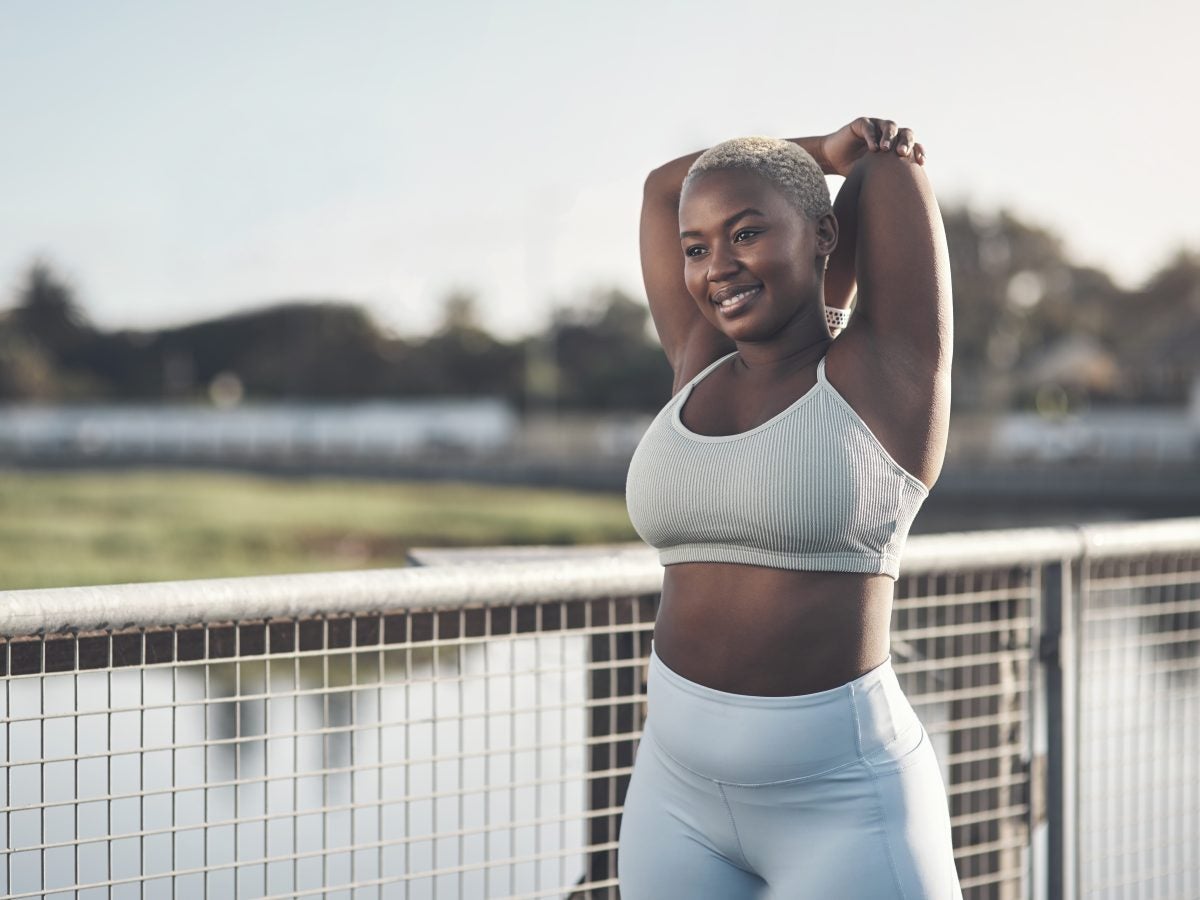
2024 seemed to be the year that many Americans decided to use Ozempic to lose weight (including some of our favorites like Kandi Burruss and Oprah). According to a recent study by the Pew Research Center, semaglutide, a type of medication made by Novo Nordisk, is in demand, with 2 million Americans consuming the drug to help with their weight loss.
Ozempic is approved by the U.S. Food and Drug Administration (FDA) to treat Type 2 diabetes. Its active ingredient is semaglutide, which releases a version of a hormone the body creates when eating, reducing appetite; people who are battling obesity have opted for the drug to assist with weight loss.
However, with more people deciding to take these medications, they are taking note of the interesting side effects like Ozempic face and butt, which can naturally be alarming and unexpected. However, changes to your body happen with dramatic weight loss and can be avoided.
Here’s what you should know about Ozempic butt: “Ozempic butt” refers to the loose and sagging skin that some users of weight-loss drugs have noticed their butts shapeshift after using the medications for an extended period and losing tons of weight. Although it’s a known side effect, Ozempic butt is not an official medical diagnosis. Ozempic butt usually occurs when people experience massive weight loss, typically at least 100 pounds or more. The loose skin occurs in areas of the body where fat had been previously stored, most likely the buttocks, stomach, tights, arms, and face.
What causes Ozempic butt?
Rapid and drastic weight loss due to a weight-loss medication (not just Ozempic), can cause Ozempic butt, making the skin appear to be saggy or wrinkly because of the lack of elasticity and collagen as it expands. According to dermatologist Dr. Naana Boakye, the buttocks look less rounded and toned and more deflated where there is a loss of elasticity, which may cause drooping or a wrinkled appearance.
How to avoid Ozempic butt?
Dr. Boakye recommends seeking counseling from a nutritionist and personal trainer and suggests the following:
- Losing weight slowly can minimize fat loss from specific areas and allow the skin to adapt better.
- Incorporate resistance training to build muscle in the gluteal region, maintaining volume and shape.
- A diet rich in protein helps preserve muscle mass during weight loss.
How to treat Ozempic butt?
Additionally, she would recommend:
- To rebuild and reshape the glutes, focus on exercises like squats, lunges, and glute bridges. Posterior Chain exercises are also great.
- Biostimulators like Radiesse and Sculptra should be considered to restore volume.
- Surgical Options such as fat transfer.